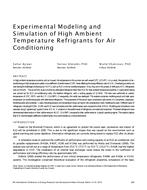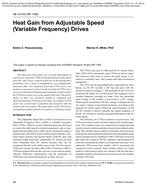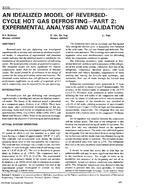The origin of the industrial steel building industry is in the US and Europe. Here large industrial steel halls have a long tradition and the building design was adapted to the climate in these western regions. With an increasing industrial development of other regions also their demand for industrial buildings raised in the last years. Such emerging markets are often located in very different climates, which should be respected better by the building designers. However, little knowledge in energy efficient building design and missing building regulations in many emerging markets cause the opposite. Industrial steel buildings are often imported by European or American suppliers without any climate adaptation. This leads to a non-optimal energy performance and discomfort in the buildings. In practice such drawback is often compensated by oversized HVAC systems, causing high investments and energy costs and increase the carbon emissions.For a better assessment of the most important climate sensitive building parameters, extensive building energy simulations were carried out. Such simulations covered the air infiltration using an air flow network model, ground interaction by linking the building simulation to a transient finite difference model of the ground and solar optimization of window and sky light orientation. To gain input data for the simulation of air infiltration, first extensive measurements of the leakages in typical industrial buildings were carried out. For this purpose an air tightness test stand was build and moreover fan pressurization tests in whole buildings were executed. The assessment was carried out for hot climates such as North Africa, for cold regions such as different locations in Russia and for climates with hot summers and cold winters such as Turkey. The simulation results were compared to the energy performance in the origin climate (Central Europe). The outcomes of this study are concepts for improving the energy performance of industrial steel buildings exported to different countries, which still have a lack of experience and regulations for energy efficient building design. In addition a focus was on design aspects for damage free building constructions regarding building physics. As the climate has a huge impact on the humidity transport in building components this aspect was also crucial to consider for the design of optimized building components.
Citation: 2nd Intl Conf: Efficient Bldg Design
Product Details
- Published:
- 2016
- Number of Pages:
- 8
- Units of Measure:
- Dual
- File Size:
- 1 file , 750 KB
- Product Code(s):
- D-ICEB16-11


